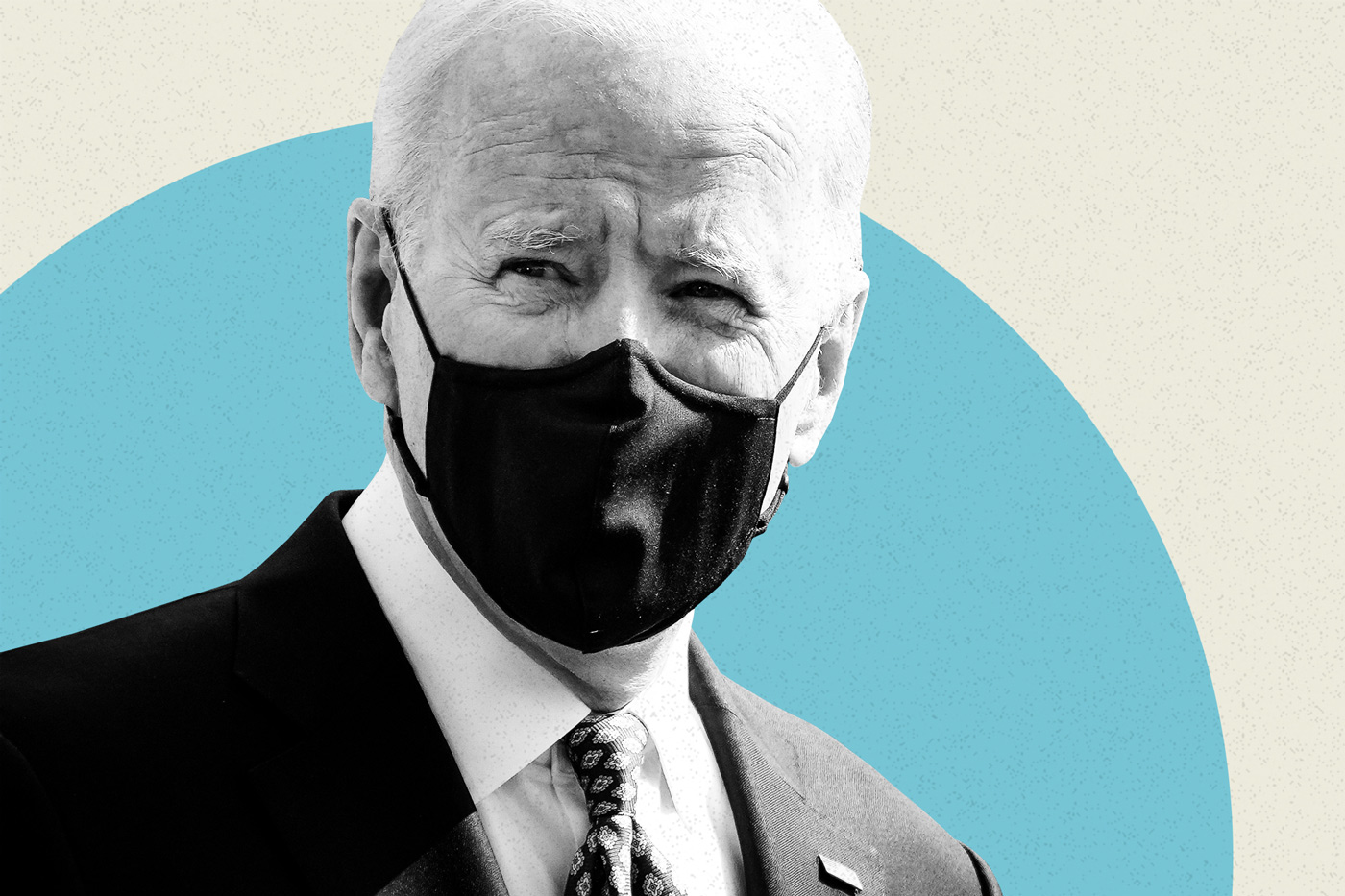
Since at least the mid-1980s, the pursuit of the archetypal “Reagan Democrat” suburban swing voter has been a lodestar guiding Democratic messaging. The strategy was straightforward: These socially moderate-to-conservative suburban white Americans largely were simpatico with Democrats on economic issues, but voted for the GOP in part because they believed Democrats were interested in pursuing racial justice at the expense of issues they viewed as more relevant to their own lives.
The result of that thinking was a “color-blind” approach to talking about economic policies and programs — emphasizing a “rising tide lifts all boats” message that glossed over or ignored racial disparities. But for reasons both ideological and strategic, that “color-blind” posture is no longer effective for Democrats — and, McGhee says, can actually backfire.
“Since the Obama era, the racial sorting of voters has included white voters moving to the Democratic Party because of their progressive views on race,” she says. “What holds together the progressive coalition is, yes, obviously, a sense that government can — and needs to — be a force for good and address our big crises. But also the coalition … thinks we have to talk about race, and doesn’t want to see politicians without the courage to address these obvious inequalities head-on.”
In this way, while the Biden administration’s massive investments in middle-class economic growth have been likened by some to the liberal heyday of Franklin D. Roosevelt, that comparison misses an important difference. The New Deal era was defined by policies that were “either explicitly, as in the housing subsidies, or implicitly, because of segregation in education and housing under the GI Bill, for whites only,” says McGhee. By contrast, she sees the Biden era as “a massive refilling of the pool of public goods for everyone.”
What explains that change? What shifted in American politics that prodded Democratic leadership to directly address the racial components of economic issues? And what’s the hidden history that led to the disinvestment in public goods just as Black Americans began to be included in what America saw as the “public”? To sort through it all, POLITICO Magazine spoke with McGhee. A condensed transcript of that conversation follows, edited for length and clarity.
Let’s talk about swimming pools. It’s a vivid metaphor you use in your book, and a history I was unfamiliar with. Can you explain the significance of public swimming pools?
Heather McGhee: In the 1930s and ’40s, the country went on a building boom of public amenities — public libraries, parks, schools and swimming pools. But these weren’t normal swimming pools. These were grand, resort-style pools that could, in many instances, hold thousands of swimmers.
In many ways, it was emblematic of a larger ethos at that time: that it was a government’s job to ensure a higher and higher standard of living for its people. You saw that in the New Deal-era social contract, which included massive subsidies for housing, high labor standards, wage floors, the GI Bill — which put a generation of men into homeownership and into college and the professional ranks. And all of that was either explicitly, as in the housing subsidies, or implicitly, because of segregation in education and housing under the GI Bill, for whites only. These massive public investments created the great American middle class on pretty much a whites-only basis.
Public swimming pools were also often segregated. And in the late 1950s and early ’60s, when Black families began to successfully advocate [for integration], saying that their tax dollars had paid for these public pools and they wanted their children to be able to swim in them, too, many cities across the country opted to drain their public swimming pools rather than integrate them.
That meant that white families lost out on a public good they had cherished. It meant that the entire community lost out on a public space and a commons that could foster social cohesion. It meant that white families with enough money started to build their own backyard swimming pools — that’s when we really began to see that phenomenon in the suburbs — and these membership-only, private swim clubs popped up all across the country. Black families often had to go without — and so did the white families who couldn’t afford it when what was once a public good became a private luxury.
Related posts:
Views: 0
 RSS Feed
RSS Feed
















 April 9th, 2021
April 9th, 2021  Awake Goy
Awake Goy  Posted in
Posted in  Tags:
Tags: 
















